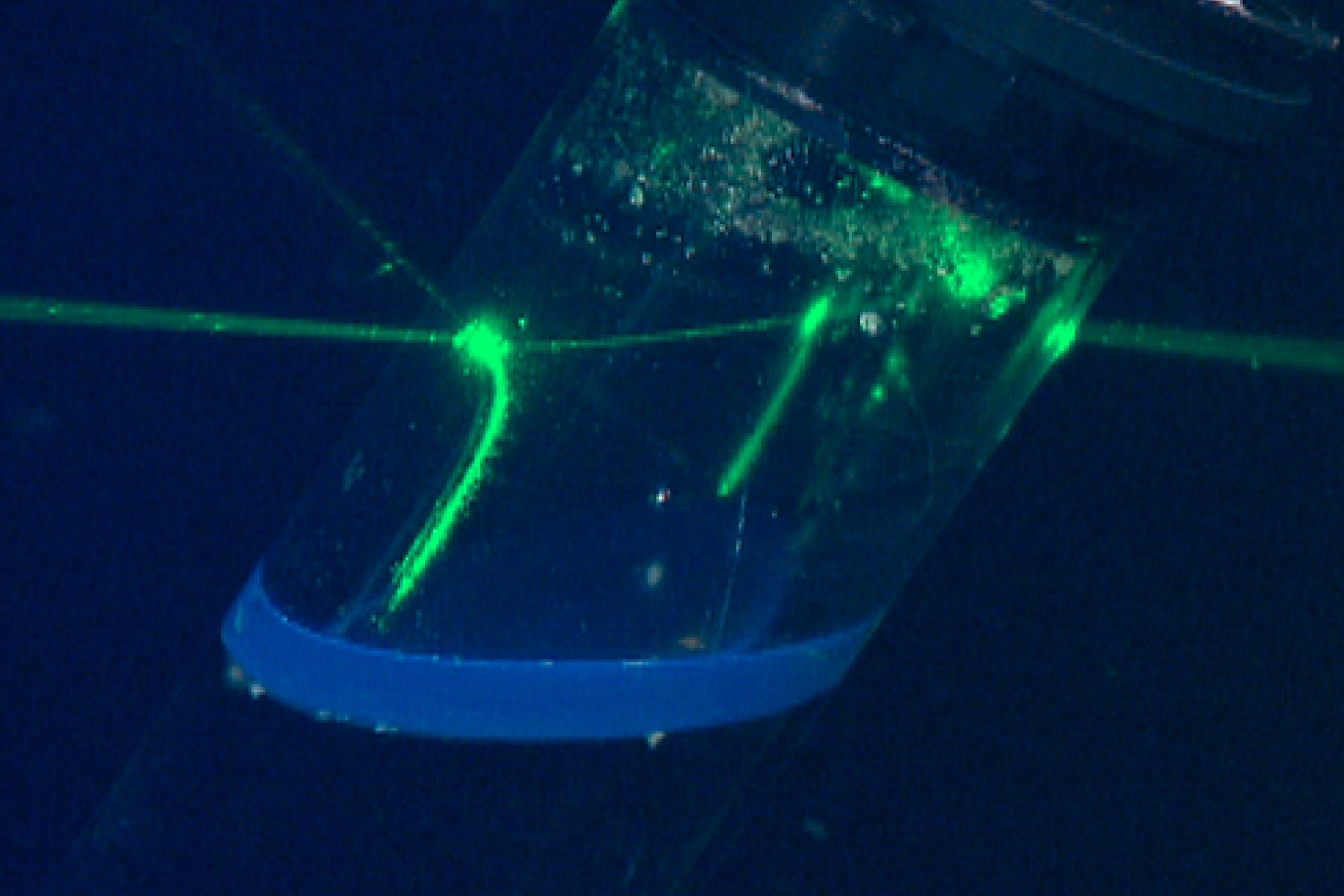Contents

Source: Spectroscopy Online
Laser Requirements for Raman Spectroscopy
Introduction to Raman Spectroscopy
Raman spectroscopy is a technique used for chemical analysis and material characterization. It involves irradiating a sample with a laser beam and analyzing the scattered light. The optical spectrum of the scattered light contains information about the molecular vibrations of the material.
Requirements on the Laser
Wavelength and Optical Linewidth
The choice of laser wavelength is crucial for Raman spectroscopy. Short wavelengths are preferred for higher Raman scattering efficiency. However, longer wavelengths are simpler and cheaper. Laser linewidth also affects spectral resolution, with narrow-linewidth lasers being ideal for accurate measurements.
Output Power
The required optical output power depends on the sample being analyzed and the desired sensitivity. It can range from milliwatts to watts, depending on the application.
Beam Quality
High beam quality is essential for tight focusing on the sample, especially in Raman microscopy where high spatial resolution is desired.
Polarization
Polarization of the laser light is important for certain applications involving anisotropic materials.
Laser Noise and Stability
Stable laser parameters are crucial for accurate and reproducible measurements. Laser noise can be compensated by monitoring power fluctuations.
Types of Lasers Used
Various types of lasers are used for Raman spectroscopy, each with its advantages:
– Argon ion lasers: High output power at short wavelengths but inefficient.
– Helium-neon lasers: Lower output power but cost-effective and good beam quality.
– Laser diodes: Compact and reliable with a wide range of emission wavelengths.
– Diode-pumped solid-state lasers: Offer high output powers, good beam quality, and narrow linewidth.
– Fiber lasers: Produce substantial output powers with flexibility in output wavelength.
– Quantum cascade lasers: Used for tunable mid-infrared radiation.
Conclusion
Choosing the right laser for Raman spectroscopy is crucial for obtaining accurate and reliable results. Understanding the requirements and characteristics of different laser types can help researchers optimize their spectroscopic measurements.

Source: MBARI
Feel free to comment your thoughts.



